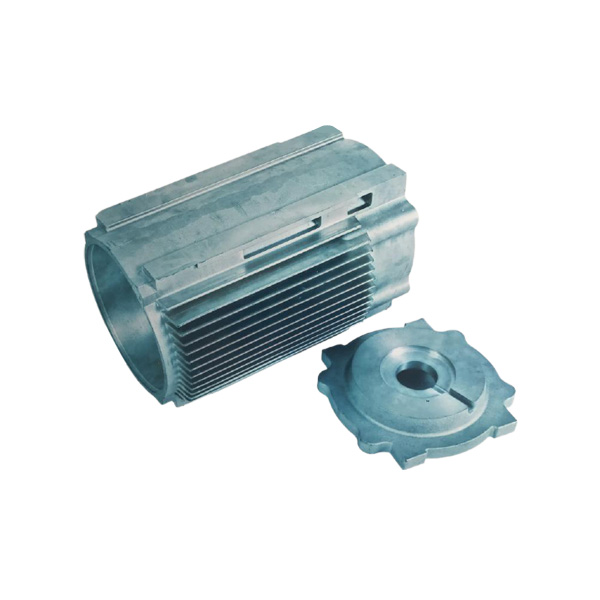

Low-pressure die casting is a manufacturing technique that utilizes pressure instead of gravity to fill molds with molten metals like aluminum and magnesium. In this method, the molten metal is forced upwards into the mold cavity through a riser tube from a holding furnace situated below the mold. Pressure is continuously applied to ensure complete filling and to maintain the metal in place until it solidifies. Once solidified, the pressure is released, and any excess metal flows back into the furnace for reuse. The resulting castings are then removed after cooling.
Advantages of Low-Pressure Die Casting:
Precise control over the filling process, leading to reduced oxide formation and porosity.
Ensures superior consistency, density, strength, and dimensional accuracy.
Suitable for both simple and complex geometries, with the option of using sand cores for intricate shapes.
Well-suited for automation due to straightforward machinery and technology.
Applications:
Traditionally used in the automotive industry for high-quality aluminum components like engine blocks, wheels, and suspension parts.
Also beneficial for non-automotive sectors such as electronics, machine-building, and pipe assemblies due to lower machining costs and high-quality metallurgy.
Alternatives:
Sand casting: Forms molds using a mixture of sand, clay, and water, suitable for complex shapes and high-heat properties.
Investment casting: Known for its accuracy and versatility, favored by various industries.
Gravity casting: Utilizes gravity to fill molds with molten metal, offering smooth surfaces, dimensional accuracy, and faster production times. Well-suited for automotive applications.
Regardless of your specific requirements, budget, or industry, our experts can assist in determining the most suitable casting process for your project. Feel free to reach out to us for personalized guidance.
